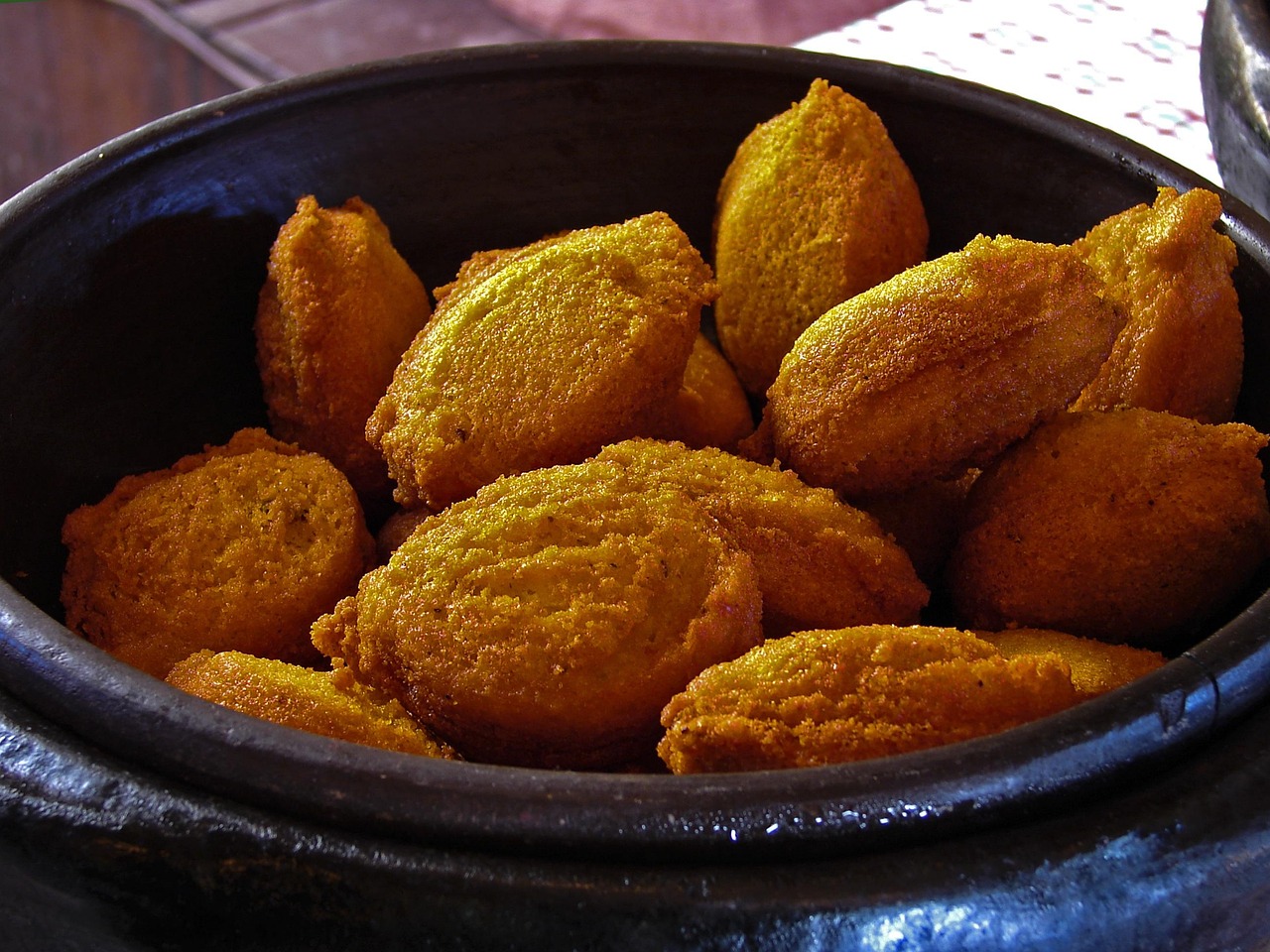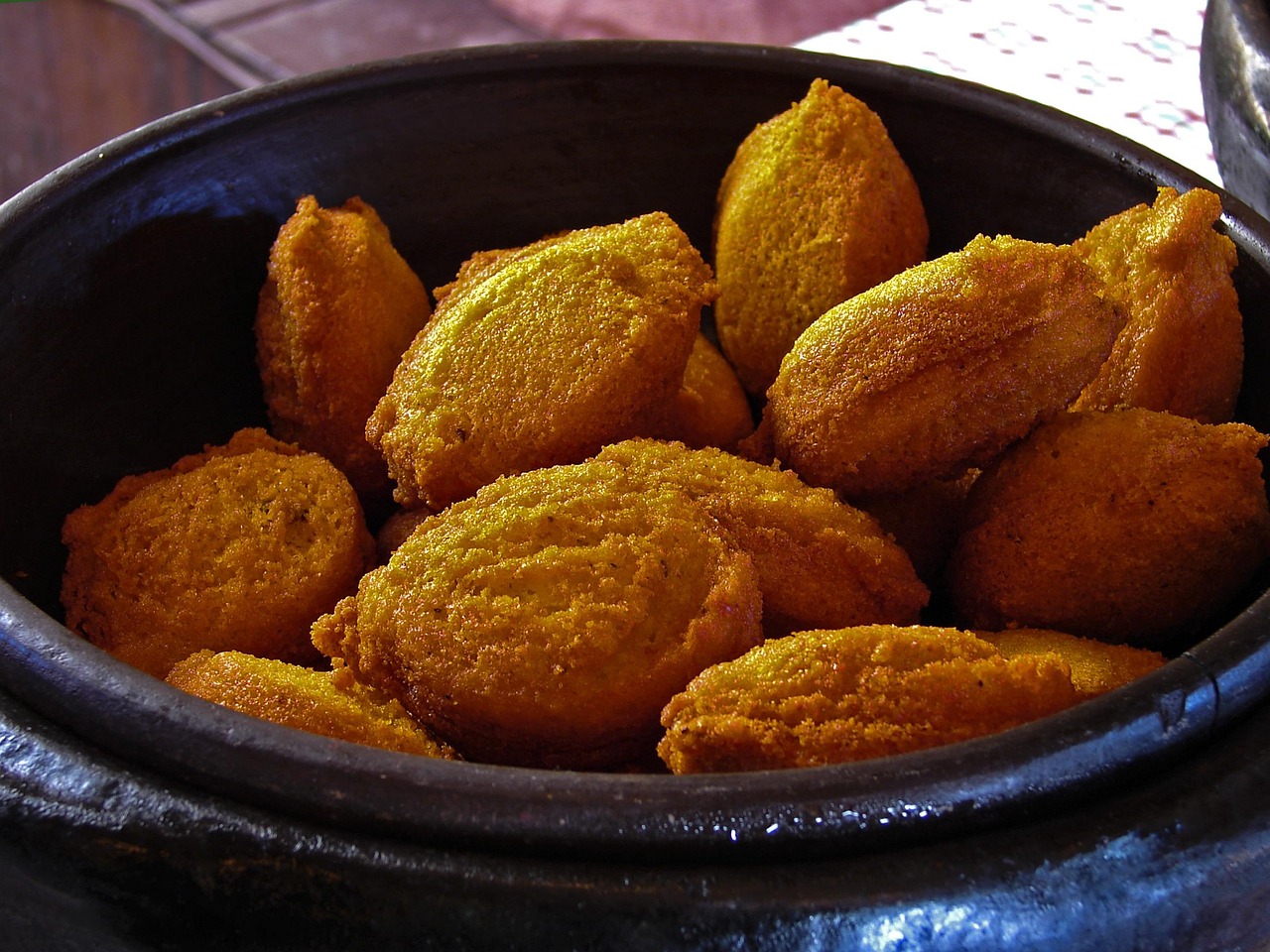Exploring the Flavors of China:A Culinary Journey Through the Heart of Chinese Cuisine
Introduction: Chinese cuisine, with its rich history and diverse regional flavors, is a culinary adventure that has captivated the world. From the bustling streets of Beijing to the serene landscapes of Sichuan, each region offers a unique gastronomic experience that reflects its culture and history. In this article, we will embark on a virtual journey through the heart of Chinese cuisine, exploring the flavors, techniques, and ingredients that make it one of the most celebrated cuisines globally.
The Art of Chinese Cooking: Chinese cuisine is not just about the food; it's an art form that has been perfected over thousands of years. The cooking techniques are as diverse as the dishes themselves, ranging from the simple stir-fry to the complex art of dim sum. Each technique is designed to bring out the natural flavors of the ingredients, whether it's through the high heat of wok cooking or the slow simmer of a braised dish.
Stir-frying is one of the most common methods, where ingredients are quickly cooked in a hot wok with a small amount of oil, preserving their texture and flavor. This method is particularly popular for dishes like Kung Pao Chicken and Mongolian Beef. Braising, on the other hand, involves slow cooking in liquid, which tenderizes the meat and infuses it with the flavors of the broth, as seen in classic dishes like Red-Braised Pork Belly.
The Five Flavors: Chinese cuisine is known for its balance of flavors, which are often described as the five basic tastes: sour, sweet, bitter, spicy, and salty. These flavors are not only found in individual dishes but also in the harmony of a meal. For example, a sweet and sour dish like Sweet and Sour Pork might be paired with a spicy Sichuan dish to create a balanced dining experience.

Sour flavors are often achieved through the use of vinegars, while sweetness can come from natural sugars in fruits or honey. Bitterness is less common but can be found in certain dishes that incorporate bitter melon or certain types of greens. Spiciness is a hallmark of Sichuan cuisine, with the use of chili peppers and Sichuan peppercorns creating a numbing, tingling sensation. Saltiness is the most basic flavor and is used to enhance and balance the other flavors in a dish.
Regional Variations: China's vast geography and diverse climates have led to a rich tapestry of regional cuisines, each with its own distinct characteristics.
-
Sichuan Cuisine: Known for its bold and pungent flavors, Sichuan cuisine is famous for its use of chili peppers and Sichuan peppercorns, which create a unique麻辣 (numbing and spicy) sensation. Dishes like Mapo Tofu and Dan Dan Noodles are iconic examples of Sichuan's spicy and flavorful dishes.
-
Cantonese Cuisine: Cantonese food, originating from the Guangdong province, is often considered the most international of Chinese cuisines. It emphasizes the freshness of ingredients and the delicate flavors of seafood and poultry. Dim sum, a tradition of eating small, bite-sized dishes, is a Cantonese specialty.
-
Beijing Cuisine: Beijing, the capital, is known for its hearty dishes that can withstand the cold northern winters. Peking Duck, a dish where the skin is roasted to a crispy perfection, is the most famous export from Beijing cuisine.
-
Shanghai Cuisine: Also known as Hu cuisine, Shanghai food is known for its sweet and sour flavors, often lighter than other regional styles. Xiaolongbao, or soup dumplings, are a must-try for anyone visiting Shanghai.
The Role of Rice and Noodles: Rice is a staple in Chinese cuisine, particularly in the southern regions where it is grown. It serves as a base for many dishes and is also used in various forms, such as rice noodles and sticky rice. Noodles, whether they are wheat-based like in Northern China or rice-based like in Southern China, are another essential component of Chinese meals. They can be found in a variety of forms, from the thin and delicate rice noodles in a Vietnamese Pho to the thick and chewy wheat noodles in a Sichuan担担面 (Dan Dan Noodles).
The Influence of Chinese Cuisine: Chinese cuisine has had a profound influence on the culinary world. Its techniques, flavors, and ingredients have inspired chefs around the globe, leading to the creation of fusion dishes that blend Chinese flavors with local ingredients. The popularity of Chinese food has also led to the establishment of Chinese restaurants in almost every corner of the world, making it one of the most widespread and beloved cuisines.
Conclusion: Chinese cuisine is a testament to the country's rich history and cultural diversity. Each region offers a unique culinary experience, with flavors that range from the fiery spiciness of Sichuan to the delicate sweetness of Cantonese dim sum. As we explore the heart of Chinese cuisine, we are not just tasting food; we are experiencing the essence of China itself. Whether you're enjoying a home-cooked meal or dining at a high-end restaurant, the flavors of China are sure to leave a lasting impression.











